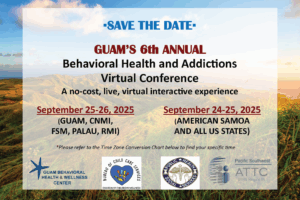According to the newly released SAMHSA National Survey on Drug Use and Health (2022), cannabis was the most commonly used illicit drug in 2022, with 22.0% of people aged 12 or older (or 61.9 million people) using cannabis in the past year. The percentage was highest among young adults aged 18 to 25 (38.2%), followed by adults aged 26+ (20.6%), then by adolescents aged 12 to 17 (11.5%).
Following legislation that approved recreational use of cannabis by adults, a diverse range of products have become readily available causing new public health concerns. While smoking or vaping cannabis were once the primary route of ingestion, cannabis consumption now includes ingestion through food, pills, drinks, drops, strips, and lozenges, and topical application through sprays, lotions, creams, and concentrates. “Expanding cannabis legislation across the world and individual states has significant consequences to threaten public health in the context of no cannabinoid product approved for psychiatric indication…. Cannabis related issues for adolescents and young adults are now emerging from the shadows of rural opioid addiction and death” (Gupta & Petti, 2023). Furthermore, research indicates that rural adolescents use cannabis earlier and at higher rates than urban adolescents.
New Intoxicating Cannabis Products: Marketing and Public Health Concerns
(January 17, 2024) 3:00-4:30M PT
The 2018 Farm Bill led to the availability of several new types of “derived psychoactive cannabis products” in the U.S. This presentation explores the diverse range of products that have recently become available and discusses the accompanying public health concerns. We will delve into a series of interconnected studies that investigate the marketing of Delta-8 THC and similar products, because marketing elements (including products, prices, promotions, and placement) greatly influence usage, especially among young people. Finally, we will explore potential policy strategies that could help mitigate related risks.
Learning objectives:
- Explain terminology related to derived psychoactive cannabis products.
- Identify common types of derived psychoactive cannabis products.
- Describe the known and unknown risks related to the use of derived psychoactive cannabis products.
- Summarize the problematic marketing practices used for derived psychoactive cannabis products.
- Explain what actions can be taken to reduce the public health harms associated with these products.



